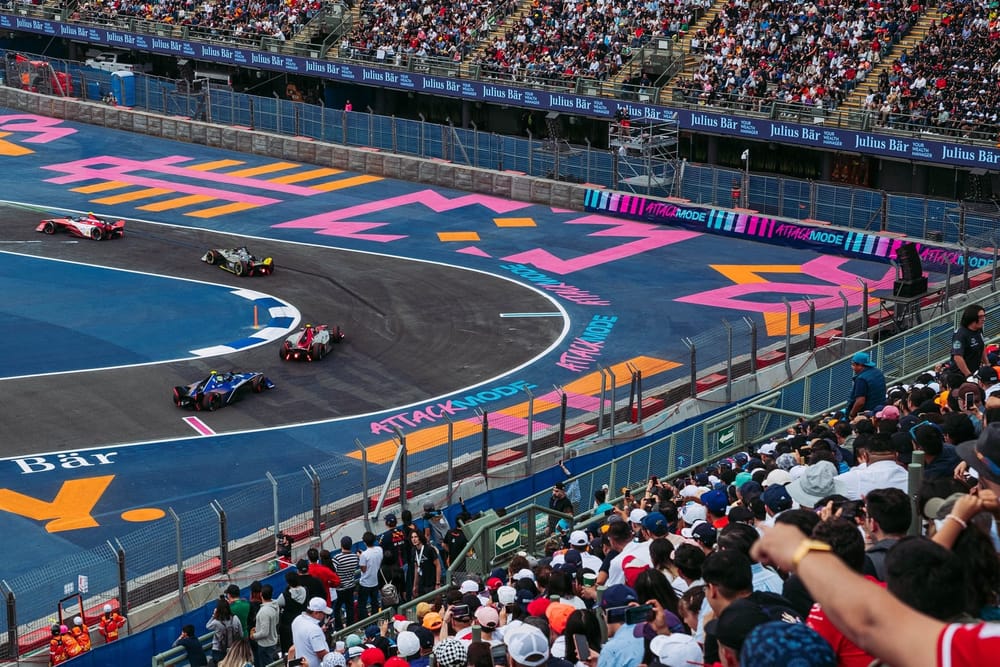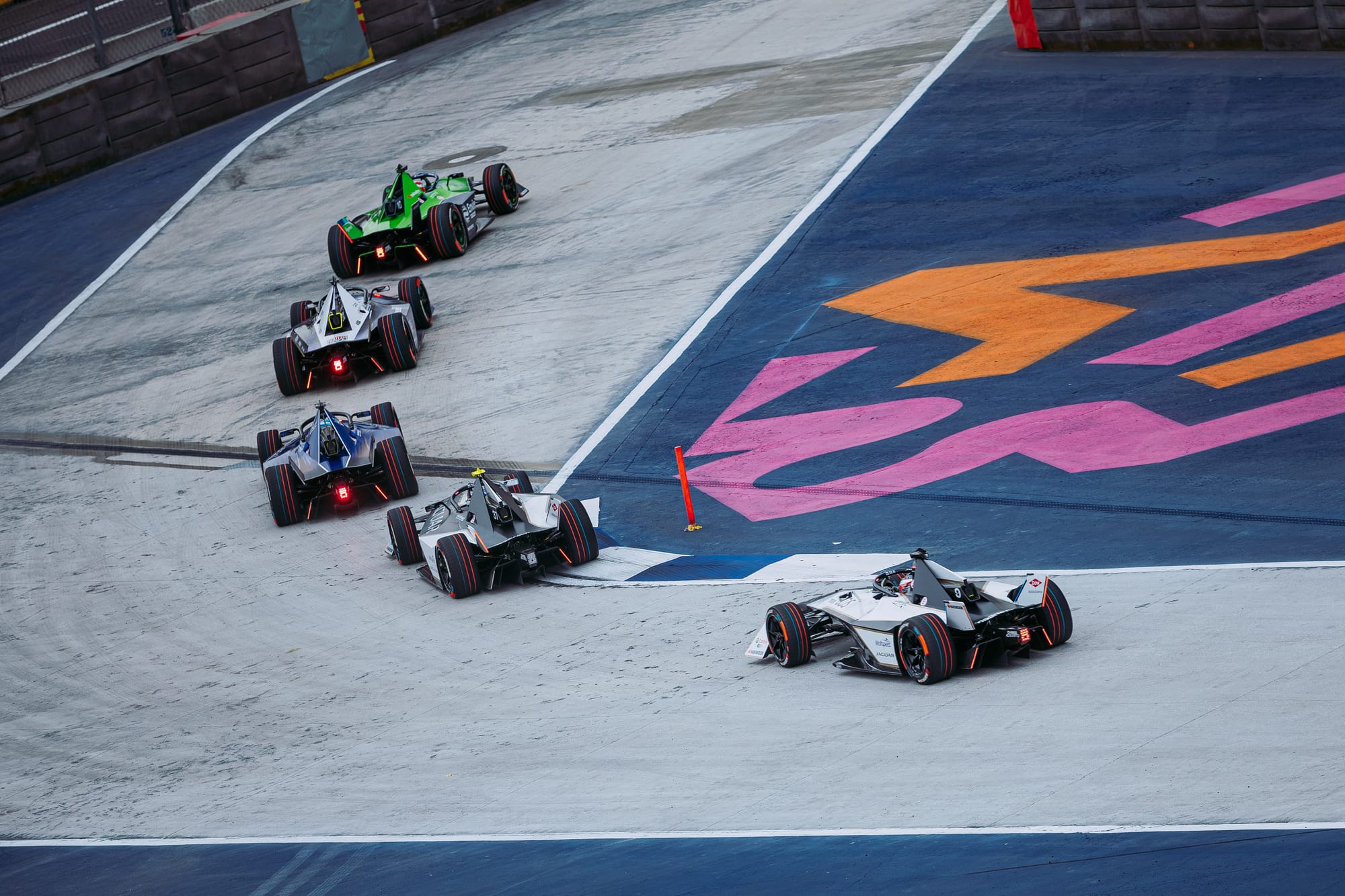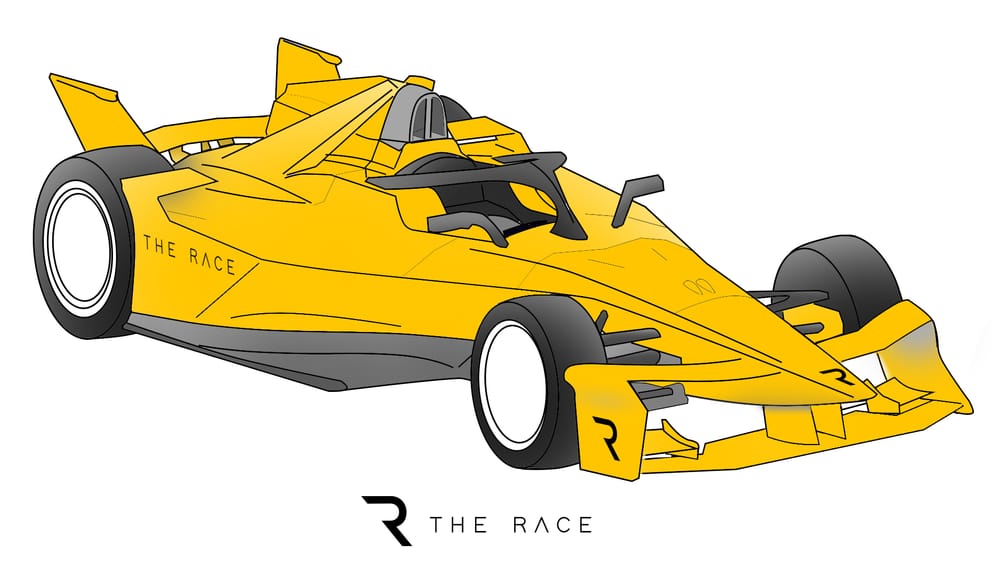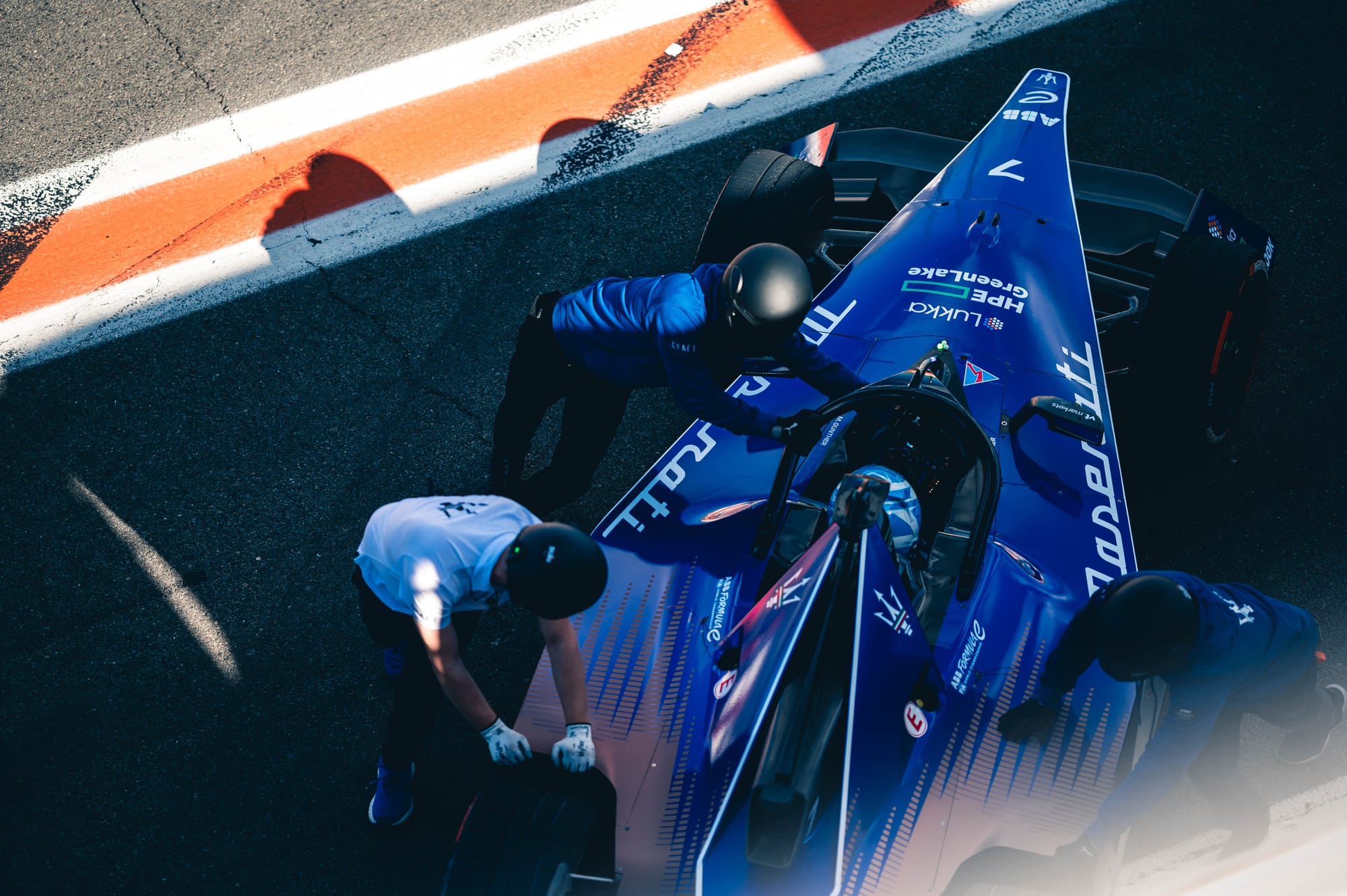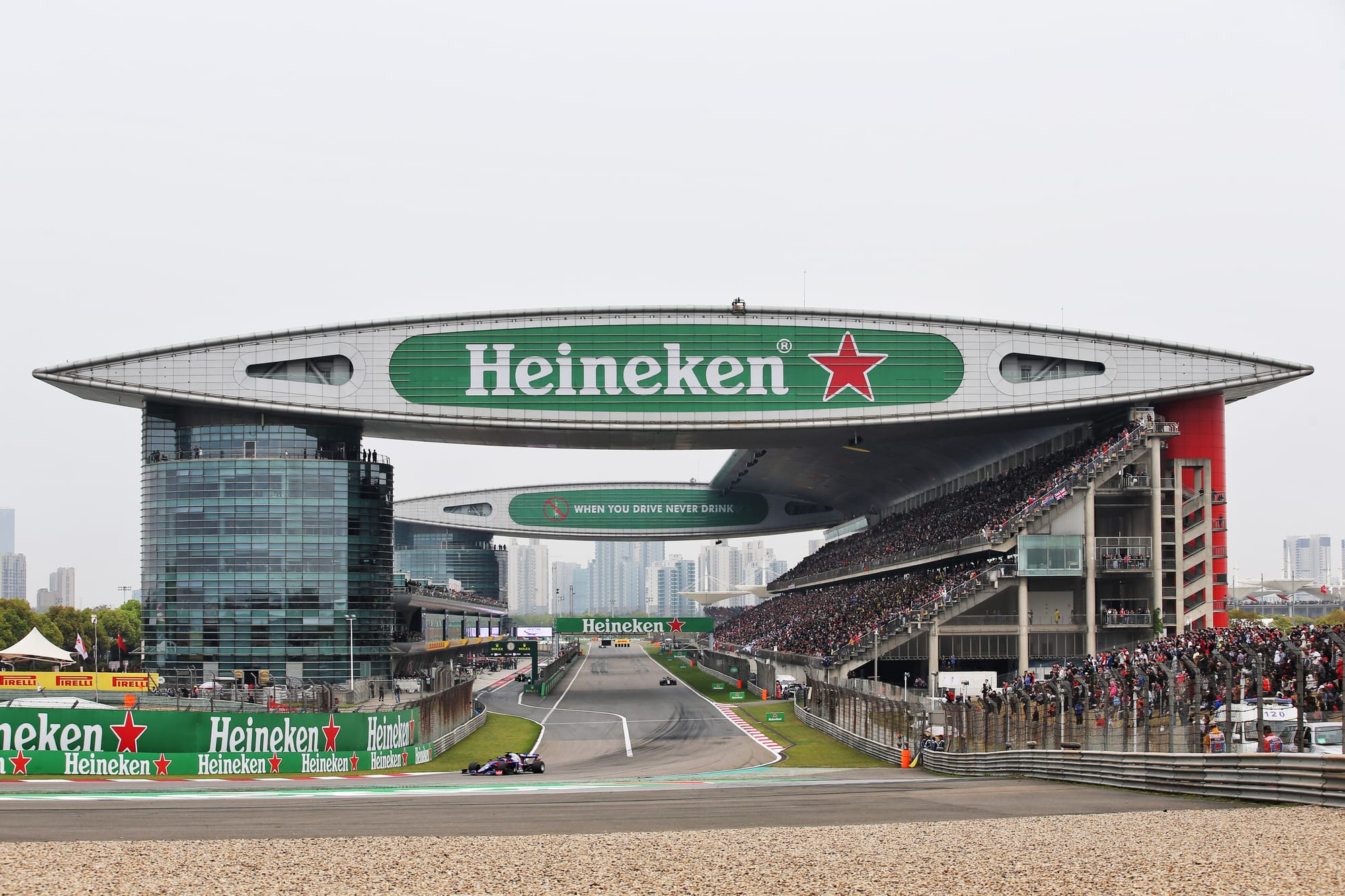The phrase ‘NRE costs’ will mean little to most people. But the topic has become the Formula E paddock’s hottest debate and has major implications for the championship’s next-generation car.
NRE - or ‘non-recurring engineering’ - costs is a broad term defining a one-off cost that results from developing, designing and implementing a manufacturing process for a new product.
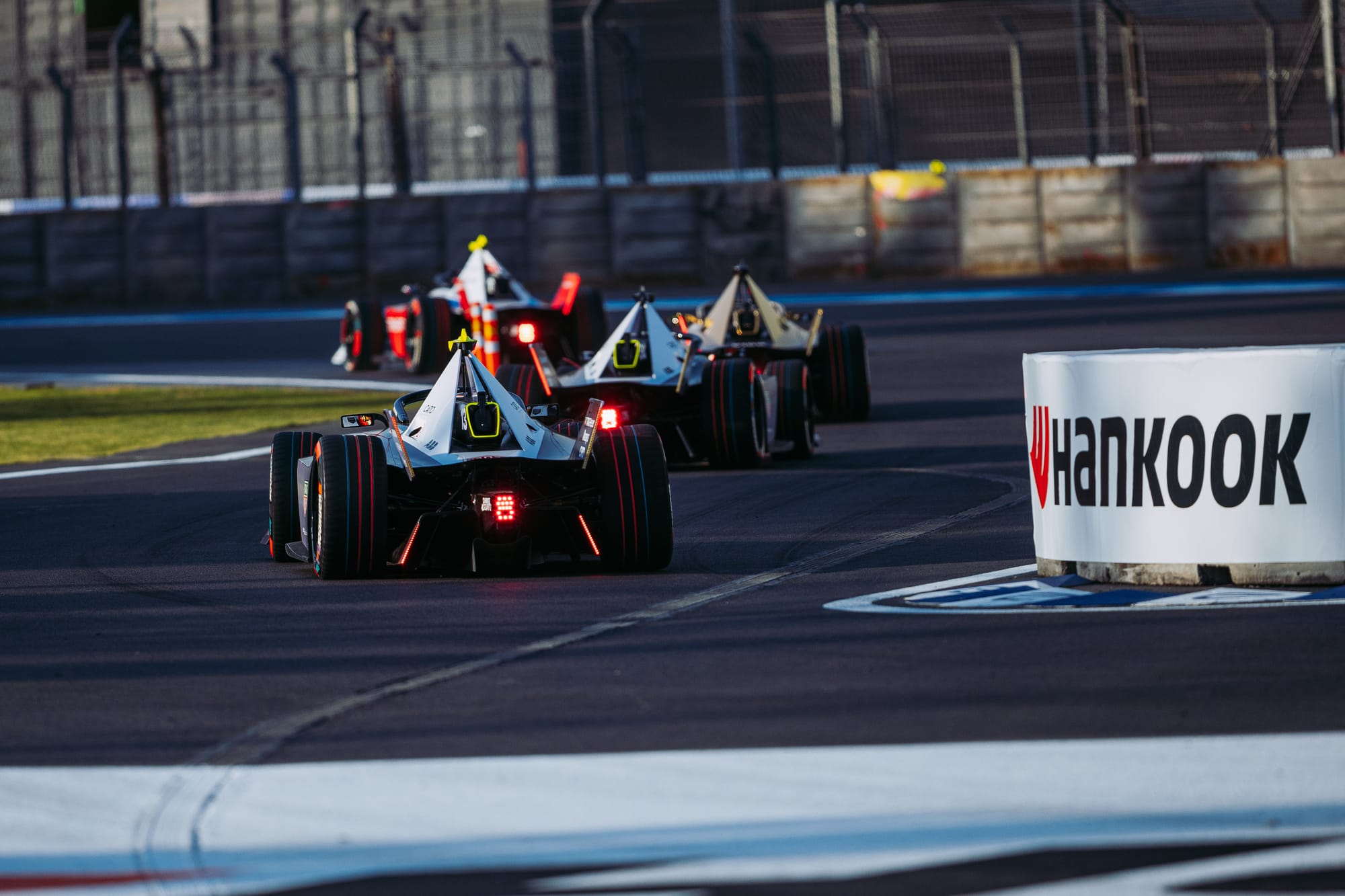
It’s already known that the Gen4 Formula E design due to debut in 2026 will be an ambitious 600kW racing car involving two new suppliers: Podium Advanced Technologies for the battery and Bridgestone for the spec tyres.
But the thorny question of who covers its NRE costs has resulted in a degree of conflict between the manufacturers, the FIA, Formula E Operations - with the FIA/FE wanting greater input from those competing. There's also a knock-on factor for the independent teams to consider.
The Race understands that the overall NRE costs will be in the region of €9million in total.
Ultimately, the conjecture centres around the simple theory of which financial model the FIA and Formula E choose for Gen4. At present, teams face a big financial commitment when it comes to NRE cost contributions, which include the intellectual property of the cars.
The question of which way Formula E goes about sharing the cost of Gen4 is very much tied to the number of manufacturers within the series and, with manufacturers not expected to commit to Gen4 until early this summer, at present there is obviously an element of stasis in the decision making.
The more manufacturers there are in Formula E, the lesser the NRE cost to each one will be. That is clear. But if, as forecast by some, Formula E only has four confirmed 2026 manufacturers by this summer, then all of a sudden the outlay on Gen4 preparation is less comfortable.
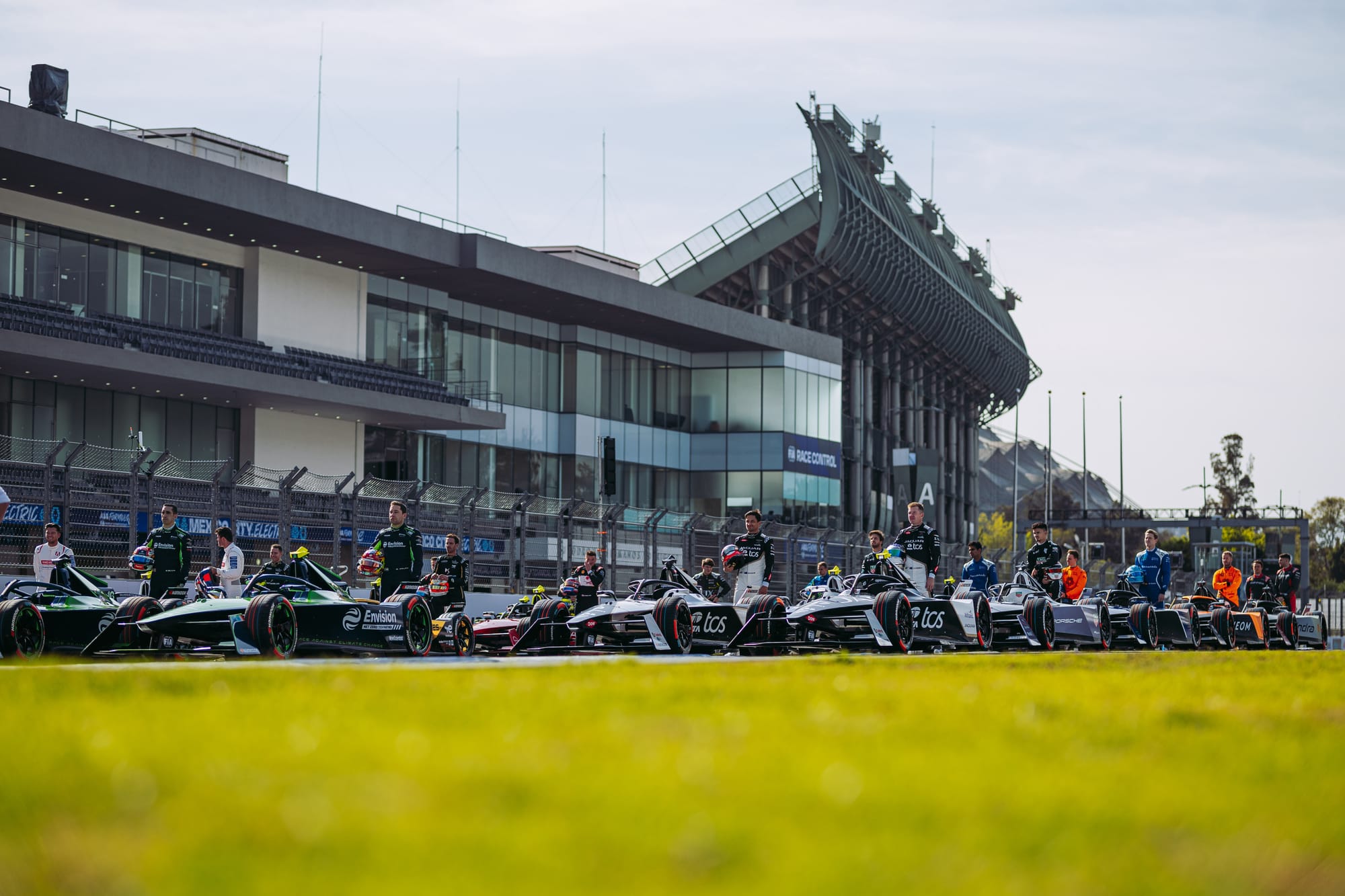
One senior Formula E team member told The Race at last weekend's Mexico City season opener “it’s really hard to stand in front of your board and say these are the costs when you don’t actually know what they’re going to be. It is a huge risk”.
“We would be the only championship in the world where the competitors are asked to pay for the upfront costs for the race car, and then pay for the car on top.”
The NRE costs are also seen as a potential barrier for new manufacturers joining Formula E.
Imagine you are an entity interested in joining Formula E for 2026 and the Gen4 era but the initial discussions end with an ‘and, by the way, we require ‘x million’ upfront for the NRE costs’. That wouldn’t be particularly digestible, especially when similar-level championships such as IndyCar and Formula 2 do not utilise this model.
“The simple thing on a manufacturer’s level is if you make it easier for manufacturers to commit, you’ll get more,” Jaguar team principal James Barclay tells The Race. “If you make the barrier to entry very difficult, you’ll get less.
“From a Formula E and FIA perspective, it’s really important to find that balance, to reduce the barrier of entry to make this a really straightforward decision for manufacturers to commit to being involved in Formula E.”
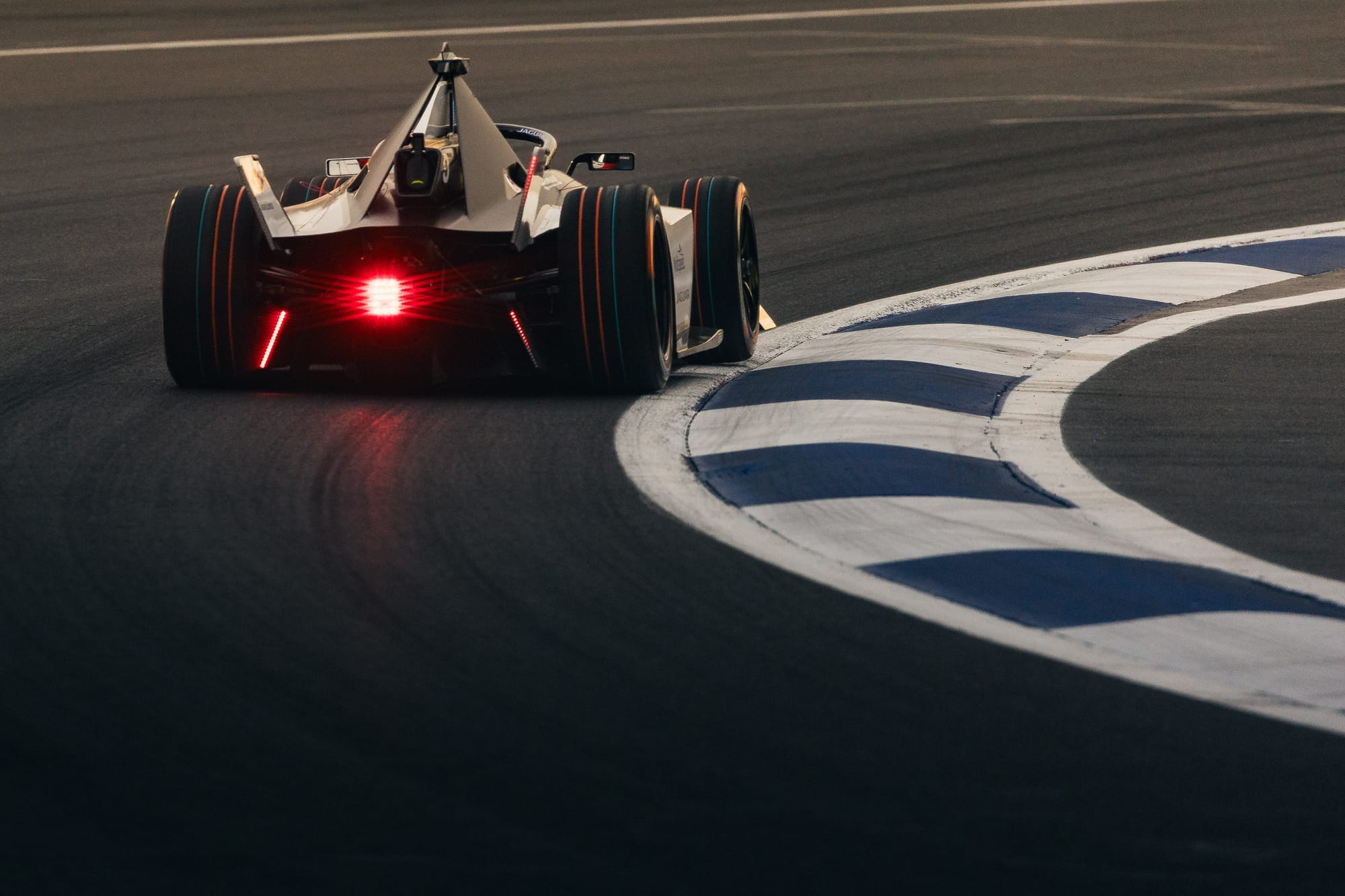
Barclay is right. Formula E is not likely to have the same number of active manufacturers in Gen4 as in Gen3, which stands at six (Maserati, though technically a seventh manufacturer, does not design or build its own powertrain and instead uses the one built by sister brand DS). Four is being talked about more openly as a forecast but of course no one truly knows the end game on that prediction.
Interest in Formula E from new manufacturers is not believed to be especially high. Hyundai certainly looked at it closely last year but will not come, while others’ interest has been peripheral at best.
Barclay continues: “In other categories where there maybe isn’t the degree of common parts, and that’s not centrally run, you don’t have that same challenge or that same tender process.
“There’s an element of pioneering here and we need to make sure that’s right, but I come back to the point that yes, at the moment, there is some complexities on it.
“It’s really key that, from the FIA point of view running that tender, it’s made straightforward and consistent across all the suppliers so we’re comparing apples with apples across the different approaches with the different suppliers, and the barriers to entry, the reason to commit and the steps you have to go through should be as low as possible to attract more manufacturers to come.”
The challenge then is that the FIA, Formula E and the manufacturers need to agree together what the specific payment model should be. It is clear that there is room for improvements to make it a simpler process.
It’s a fine balance from a customer's point of view because different models are believed to exist on different single-supplier parts. What this may mean is that the up-front NRE costs could mean Formula E manufacturers invest without heavy contributions from customer teams, for example.
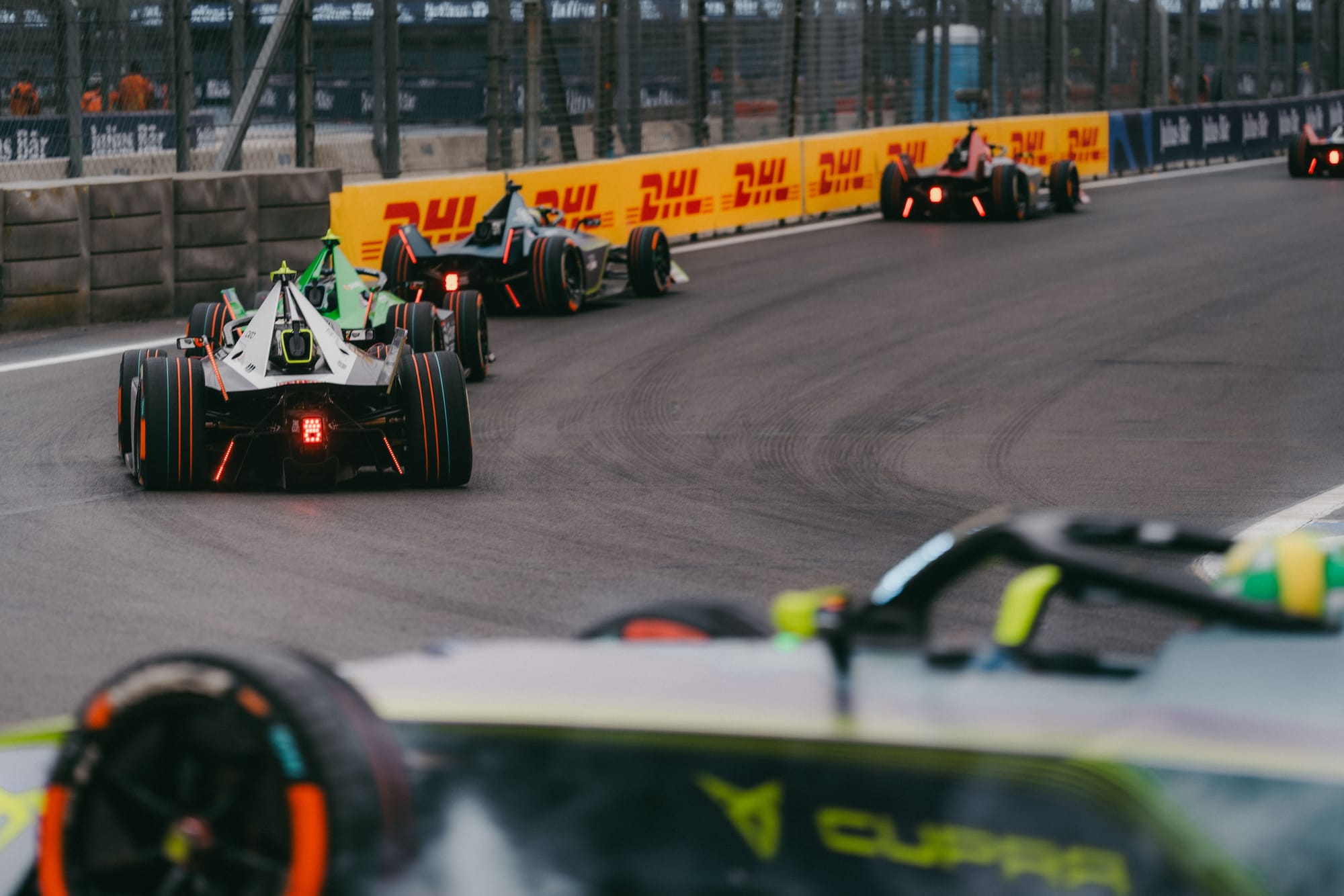
An imbalance in this could dilute the so far healthy manufacturer/customer team constitution, which in light of a possible paucity of manufacturers could exacerbate the ill health of independent teams.
Of the current customer teams, Envision and Andretti are by far the healthiest, whereas Maserati MSG and ERT are struggling from a commercial standpoint.
The balance of what Formula E quasi-religiously calls the ‘ecosystem’ is crucial in this topic, with Barclay stressing that “the whole ecosystem has got to be balanced in the right way”.
“The shift of responsibility and costs has to be balanced in a way that’s fair for everybody, not one-sided,” he adds.
The start of the present discussions and soon-to-be crucial decision-making on NRE costs is what happened in the build-up to Gen3. That was when a mixture of cost-cutting as a result of the COVID pandemic and the complexity of the Gen3 project tripped Formula E over.
While it didn’t fall flat on its face it was a very close thing and lessons clearly had to be learned.
Formula E now has the opportunity with Gen4 for the whole of the paddock to work together to define a timeline that gives it the best chance of hitting the ground running in 2026.
“We need a product that has the necessary maturity that delivers on its performance targets,” says McLaren team principal Ian James.
“What that does though is it moves the timeline forward, and credit to the FIA, they’ve been very strict at ensuring that they’re adhering to that timeline.
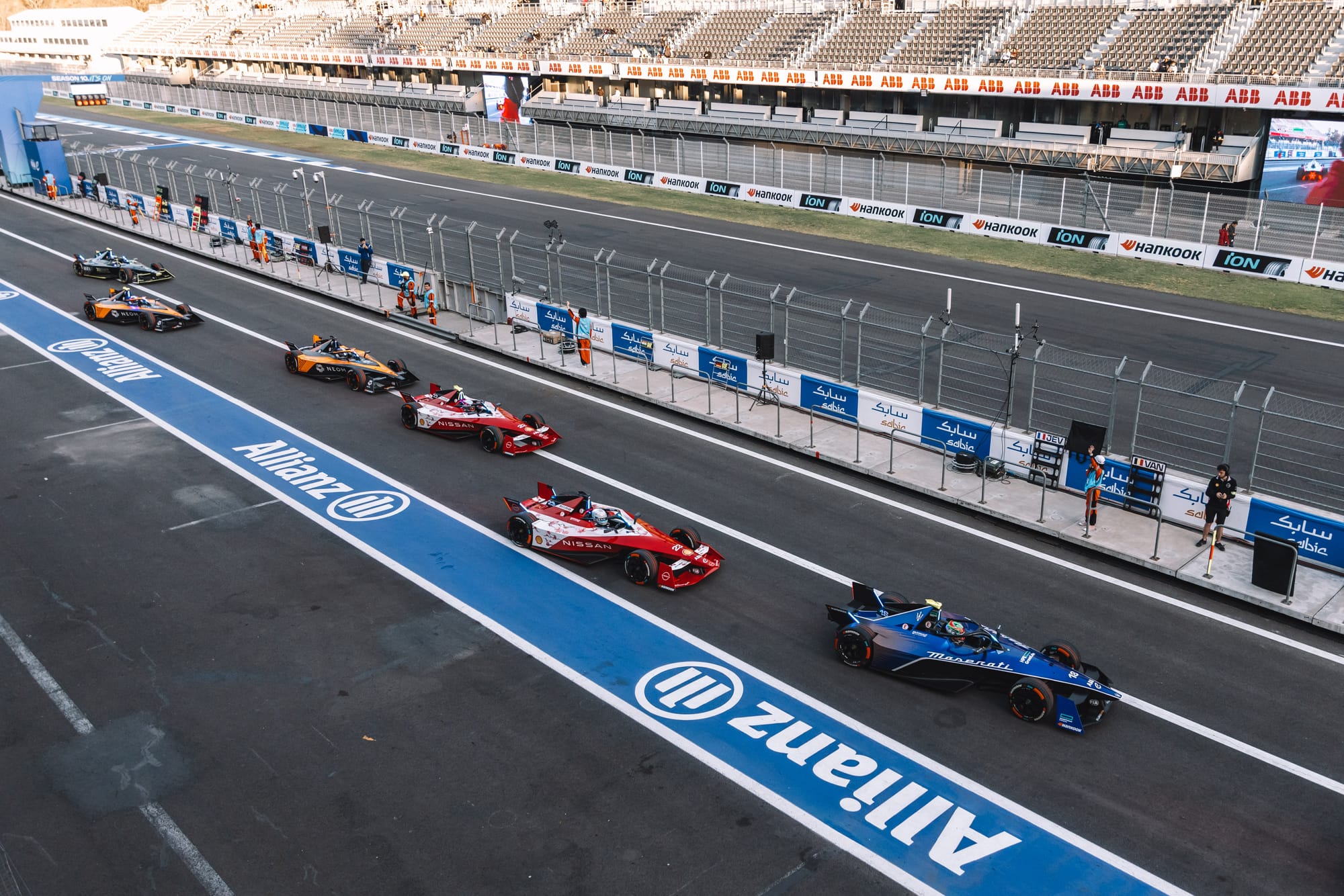
“The common parts suppliers are one element of that process. Up until now, every milestone that has been set out has been hit, which, for an engineering programme of this complexity, shouldn’t be a given.”
The fundamental issue though is surely that the timeline for Gen4 comes into conflict with the manufacturer registration process.
James agrees, saying: “You have the manufacturers who will register at a certain point later this year, but the teams for the championship don’t register until 2026. So, the question then is: Well, who is going to fund that development process?
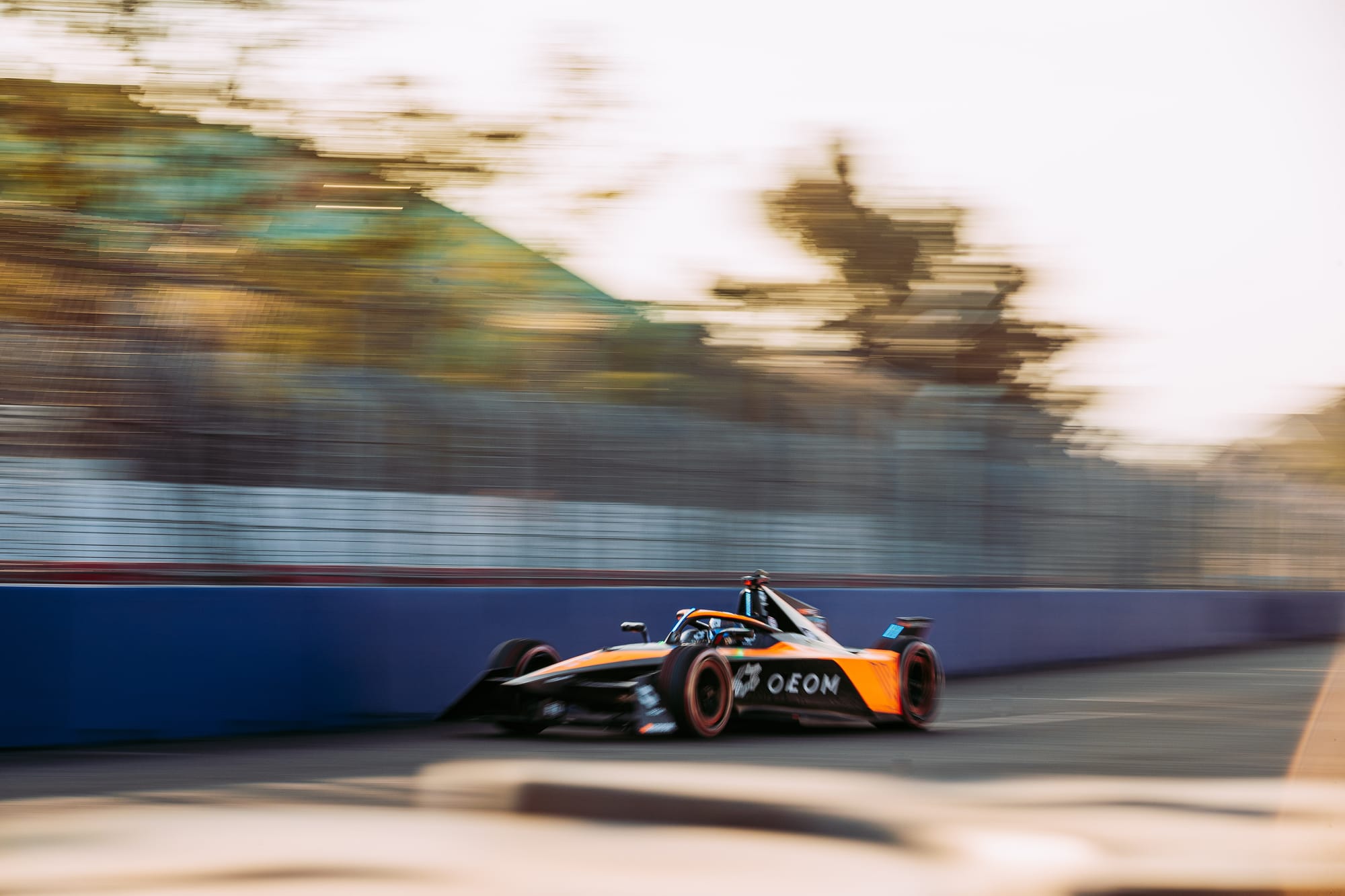
“Probably the simplest way is to pay for the development up front. You then run into the question of who is going to pay for it and at what point do the parties come on board for that process?
“You can’t wait until 2026 when all the teams have signed up to start paying for the development. It’s got to be done fairly imminently. Those are the discussions we’re having with the FEO, FIA, with the teams and manufacturers at the moment.”
For Porsche, the question is viewed simply as “who’s going to take over the costs of the spec parts that have to be developed?” according to its motorsport boss Thomas Laudenbach.
He is reasonably confident it can be sorted amicably, saying: “The questions come up, if the manufacturers would now pay for it what happens if another manufacturer steps in? I think that’s nothing we can’t solve, it just needs to be agreed.
“If you ask me if I could have a wish for free then I would say [the manufacturers] are not the ones to pay in advance for what has been developed.
“Once we step in, of course we’ve got to pay for it, but I’d love to have a scenario that [only] once we step in, then we pay.
“On the other side, I think we, all together, have an interest in getting Gen4 going, so I think we need to sit together and find a solution that everybody can live with.”
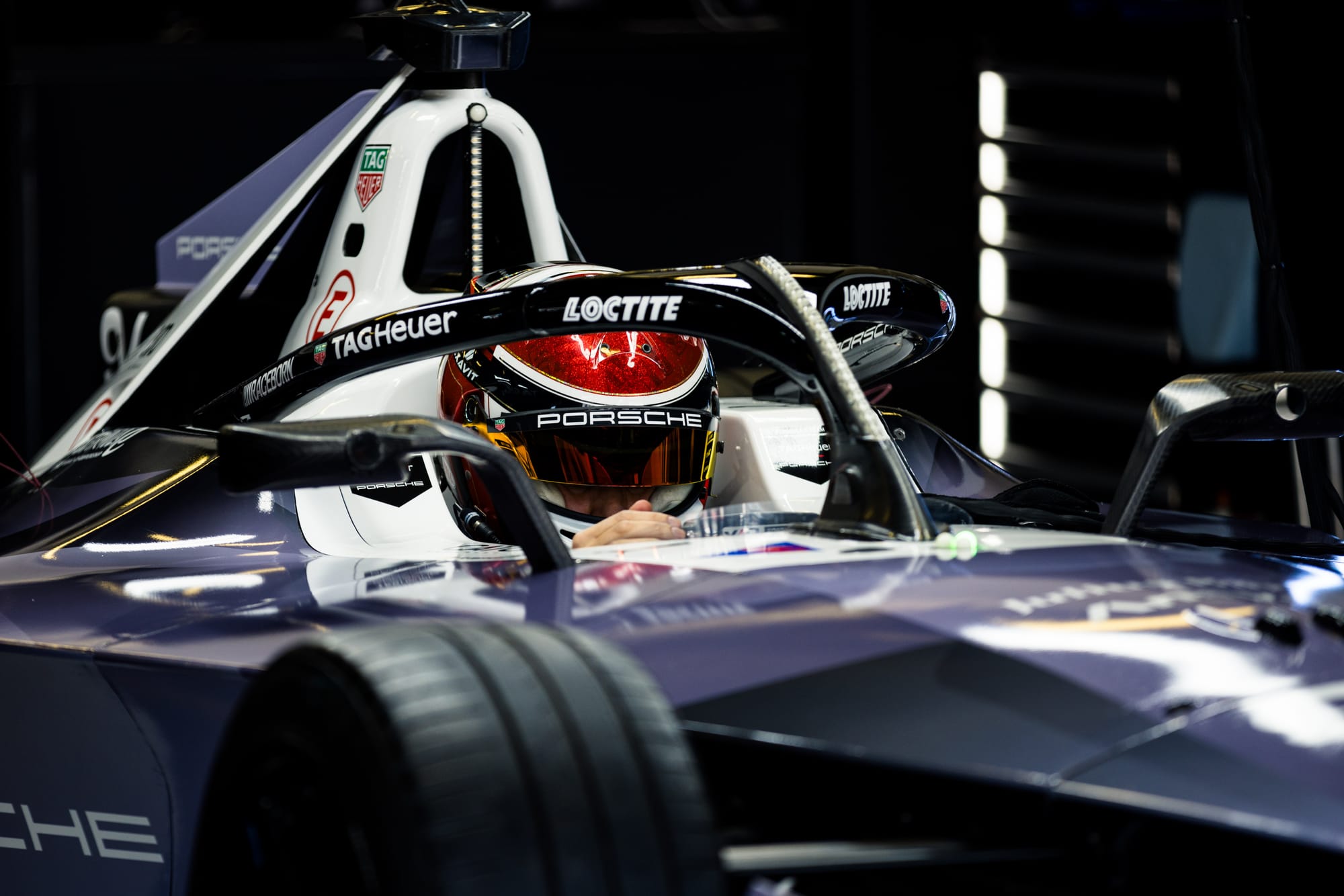
Like Laudenbach, James also sees positives in the negotiations to come, despite some initial nerves and irritation at the end of 2023 when some of the manufacturers made it plain that they were unlikely to pay costs upfront in the manner that Formula E and the FIA were hoping.
“I’m confident that in the next few days or weeks we’ll reach a conclusion that works for the majority,” adds James.
Plainly, it has to, and in time it probably will. The problem is there is so little time.
The really interesting question will now be: who will synchronise their long-term futures to the world’s only all-electric world championship, and when?


